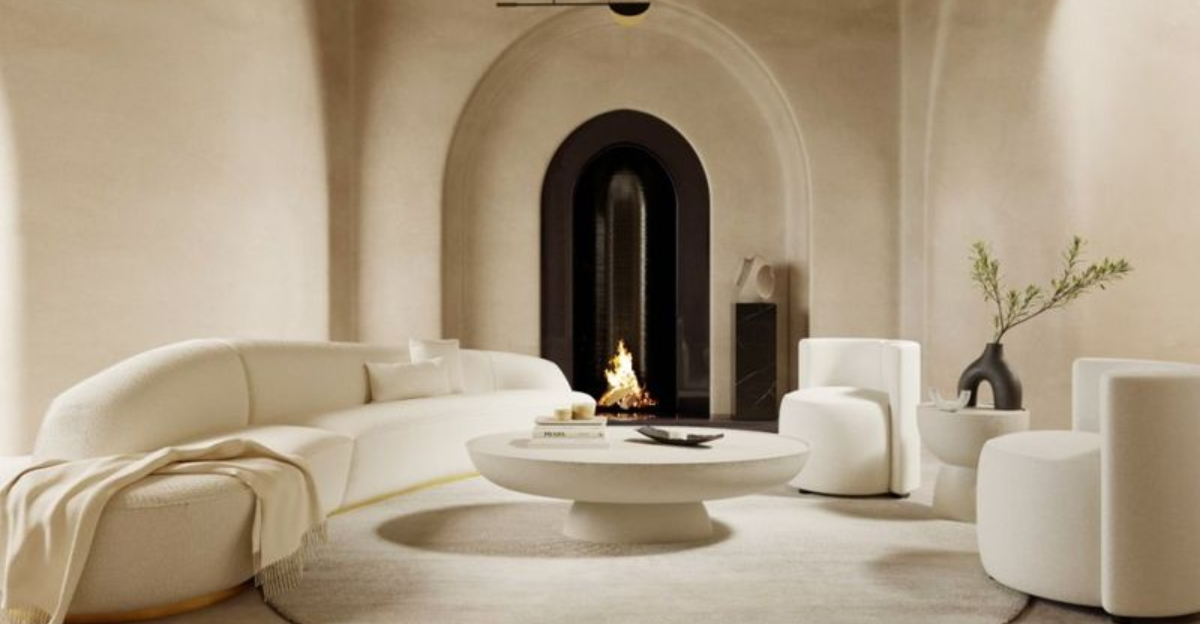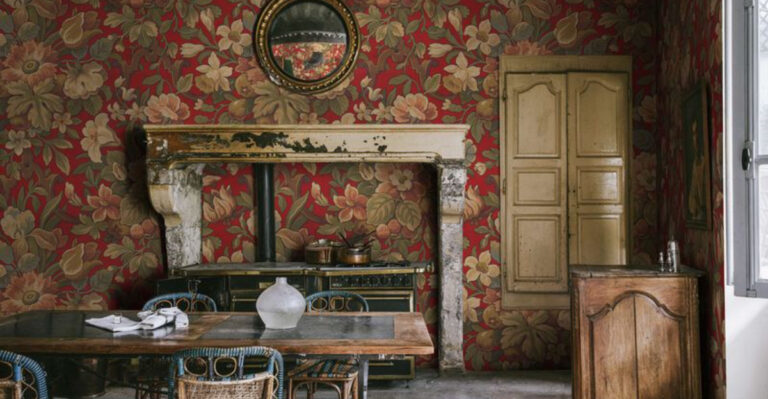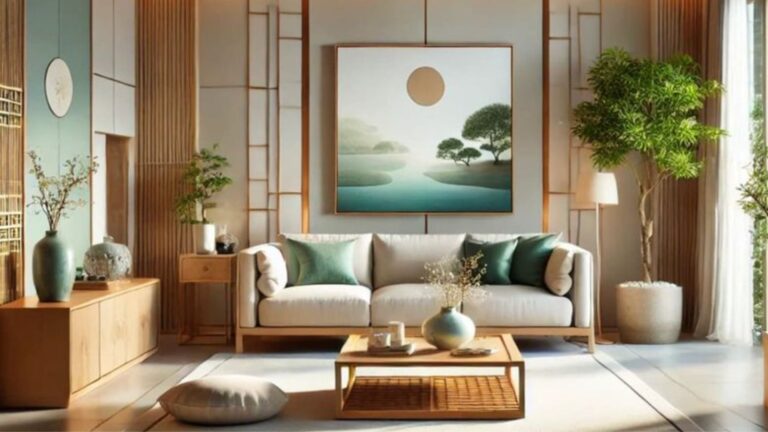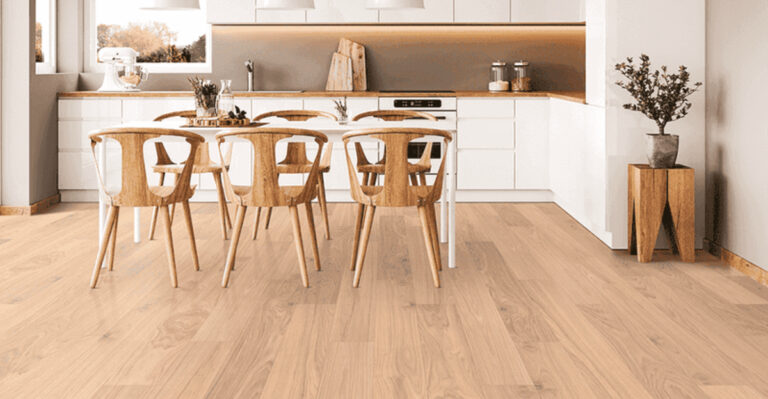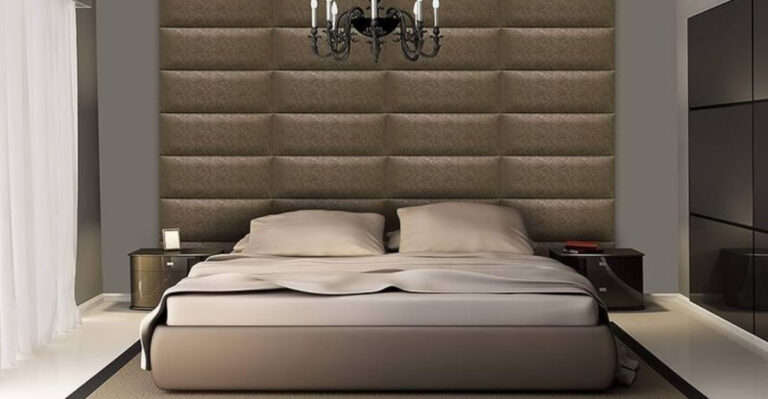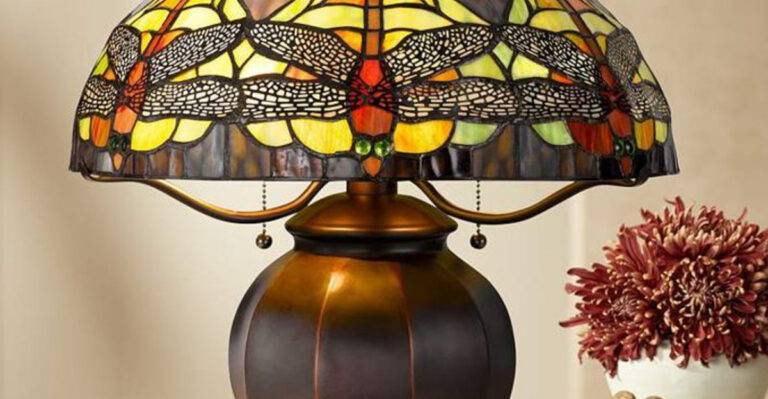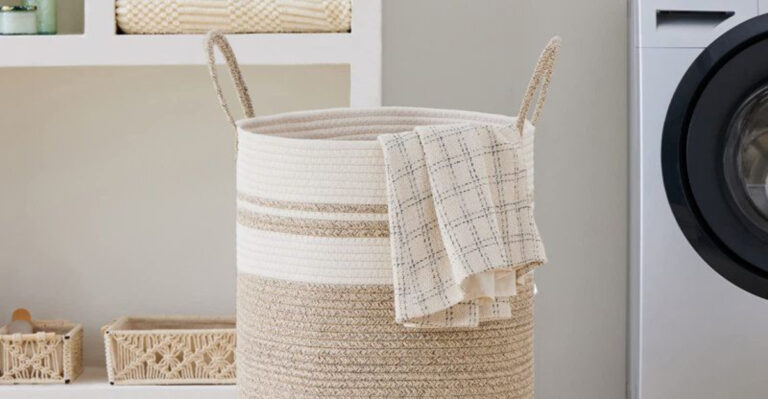10 Interior Design Trends We Will Be Taking With Us In 2025 And 5 We Completely Ditch
As walk through the year 2025, our homes continue to evolve as reflections of our changing lifestyles and values. Some design elements have proven their staying power, becoming classics rather than passing fads.
Others, however, are ready to be shown the door as we embrace fresher approaches to creating beautiful, functional living spaces. Let’s explore which trends are worth keeping and which ones deserve to be left behind.
1. Biophilic Design Elements
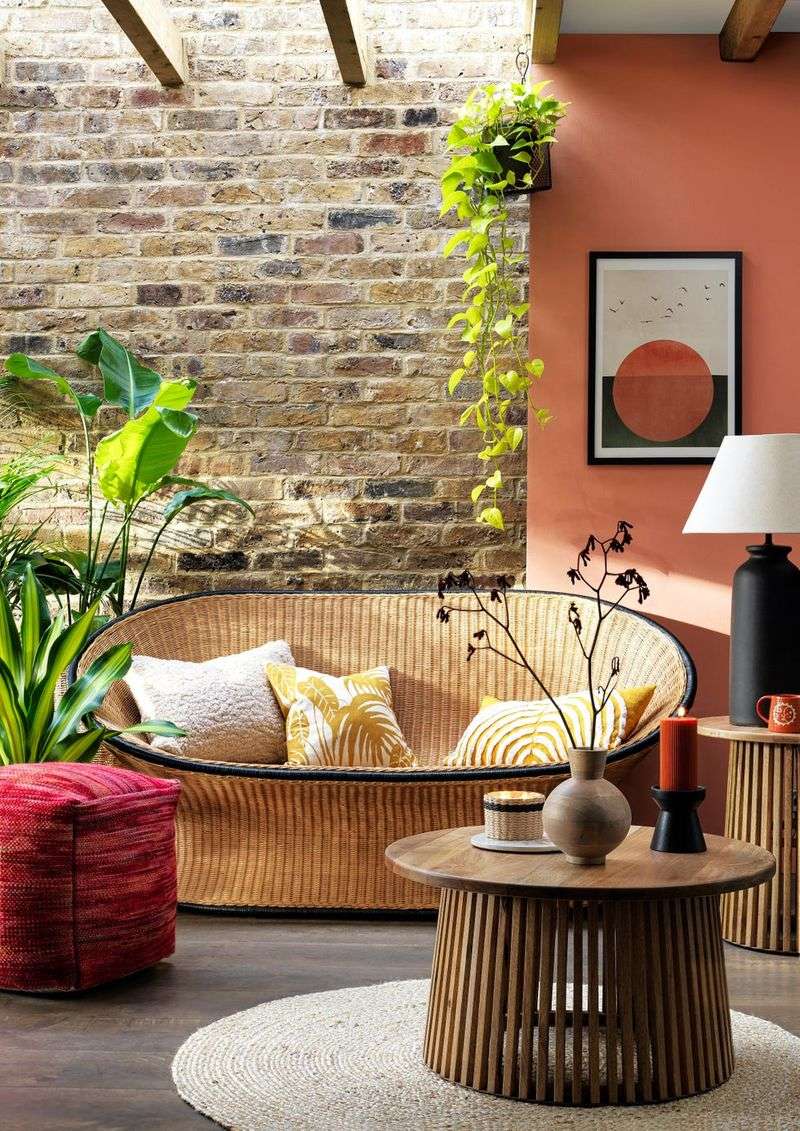
Bringing the outdoors in isn’t just pretty—it’s scientifically proven to boost our mood and productivity.
Plants, natural materials, and organic shapes create spaces that feel alive and connected to nature. The pandemic taught us the value of creating calming, nature-inspired sanctuaries within our homes, and this wisdom isn’t going anywhere.
2. Multifunctional Spaces
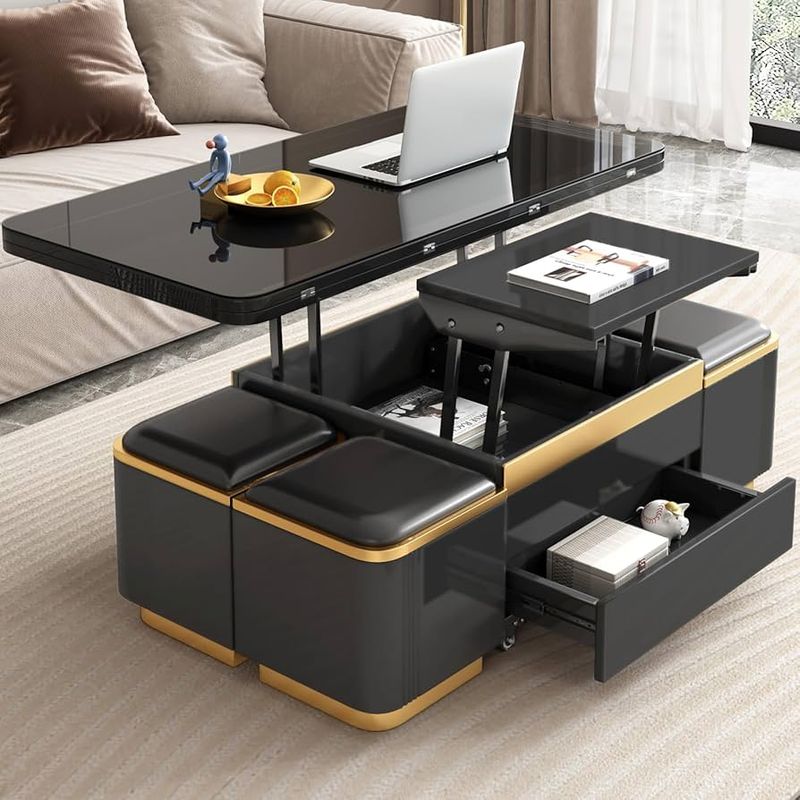
Remember when the dining table became your office and the guest room transformed into a gym? That flexibility is here to stay.
Homeowners now demand spaces that can shift purposes without missing a beat. Convertible furniture, movable partitions, and rooms designed with multiple functions in mind will continue defining how we use our homes.
3. Sustainable Materials
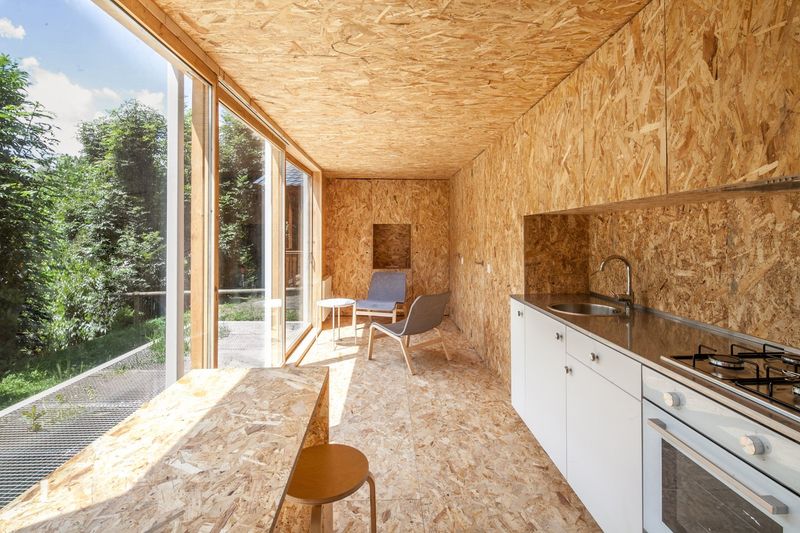
Gone are the days of disposable decor and fast furniture. Eco-conscious choices have graduated from trend to necessity.
Recycled materials, FSC-certified woods, and locally-sourced products reduce our environmental footprint while adding character. Buyers increasingly seek out pieces with transparent origins and sustainable manufacturing processes—a demand that will only grow stronger.
4. Curved Furniture
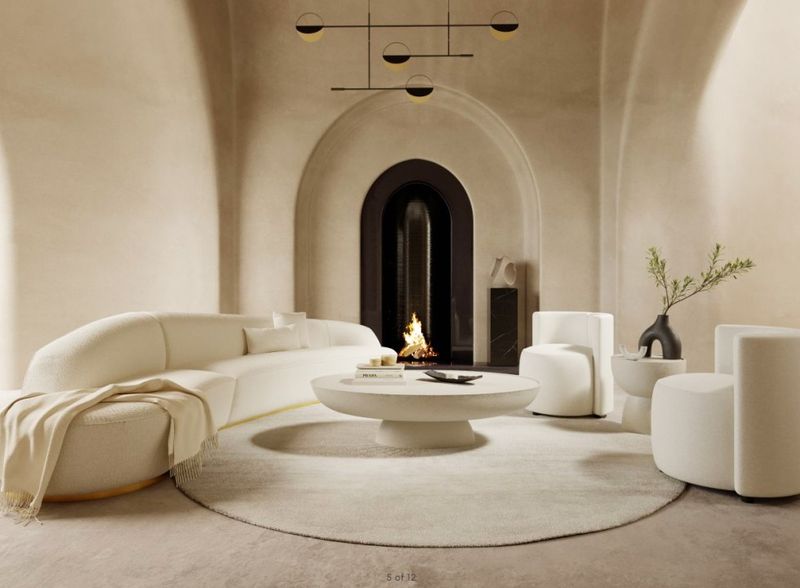
Farewell, harsh angles and rigid lines! Soft, sculptural curves create inviting spaces that feel inherently comforting.
From rounded sofas to circular coffee tables, these organic shapes bring a sense of flow and movement to rooms. The psychology behind it makes sense—curved forms subconsciously feel safer and more welcoming than their angular counterparts.
5. Smart Home Integration
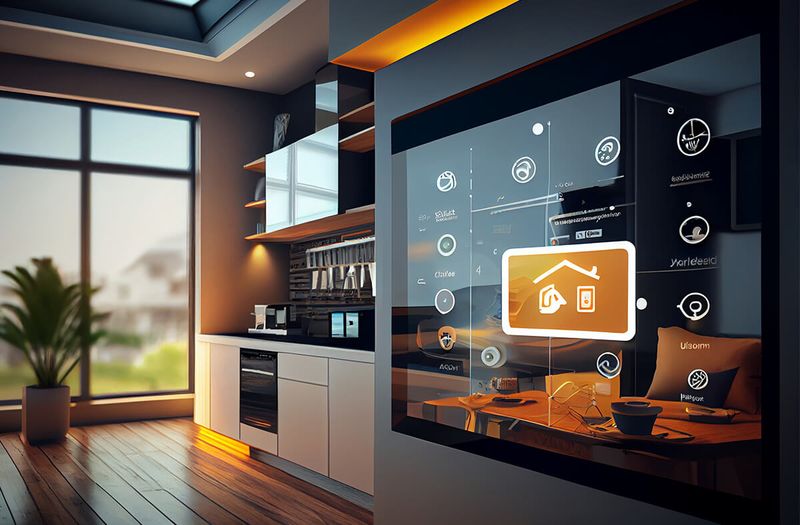
What once seemed futuristic is now seamlessly woven into our daily lives. Voice-activated lighting, intelligent thermostats, and app-controlled appliances have become expected features rather than luxuries.
The key evolution? Technology that blends invisibly into beautiful spaces rather than dominating them. Think hidden charging stations and discreet speakers that double as art pieces.
6. Japandi Aesthetics
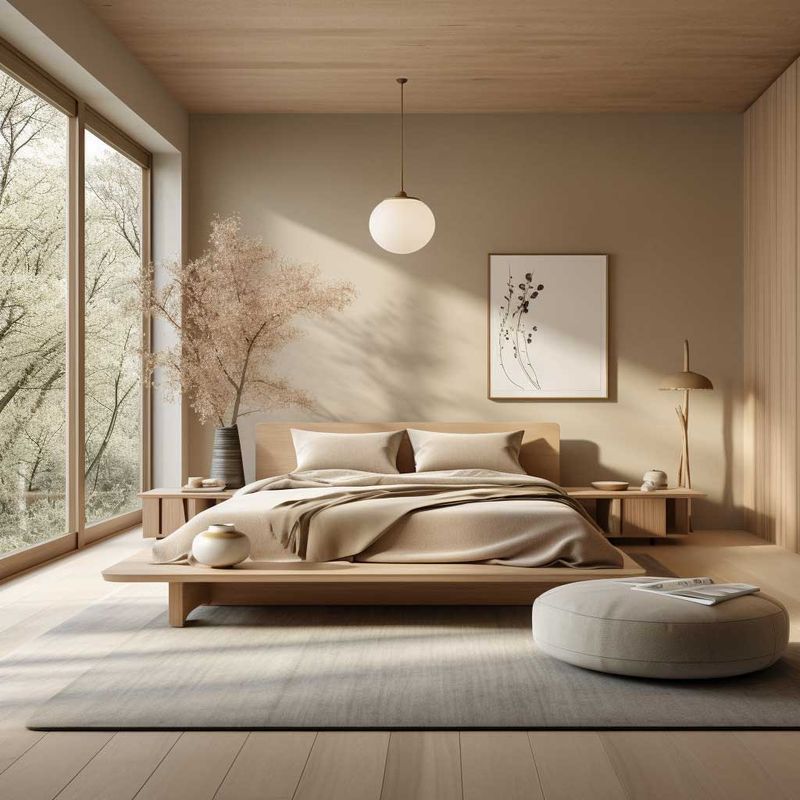
When Japanese minimalism meets Scandinavian coziness, magic happens. This hybrid style balances clean lines with warm textures, creating spaces that feel both serene and inviting.
Neutral palettes, natural materials, and thoughtful simplicity define this approach. The philosophy behind it—keeping only what serves a purpose or brings joy—resonates deeply with our desire for meaningful surroundings.
7. Statement Ceilings
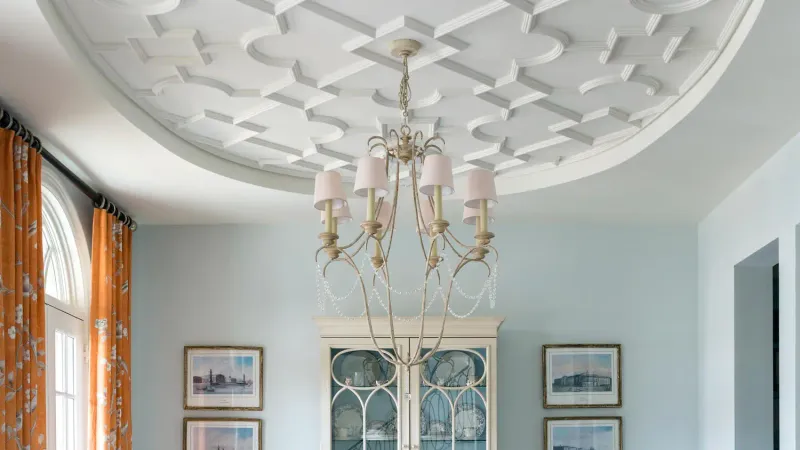
Why should walls get all the attention? The “fifth wall” offers untapped potential for creativity without overwhelming a space.
From bold paint colors to intricate moldings, homeowners are looking up for inspiration. A statement ceiling can transform an otherwise simple room while preserving precious square footage—perfect for smaller homes where wall space is at a premium.
8. Warm, Earthy Color Palettes
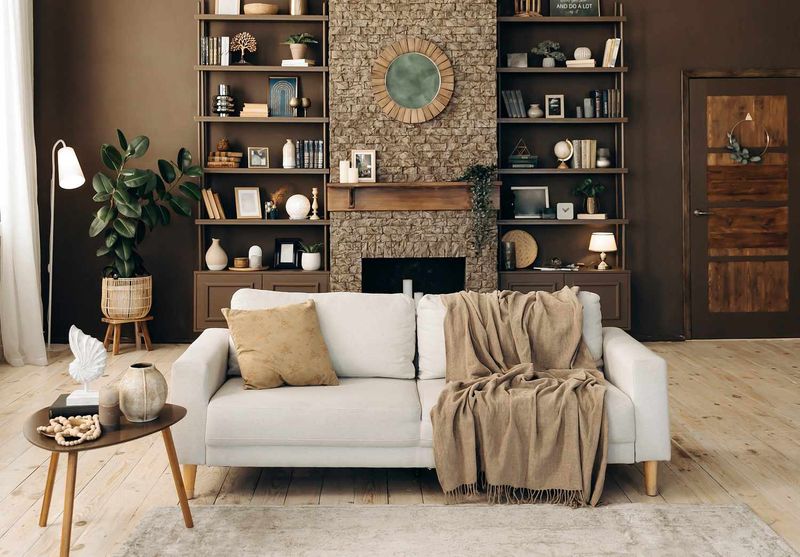
After years of cool grays dominating interiors, we’re embracing the warmth of terracotta, ochre, and olive green. These nature-inspired hues create spaces that feel grounded and nurturing.
Unlike trendy colors that quickly date a room, these earthy tones have staying power because they connect us to the natural world. They pair beautifully with both modern and traditional elements.
9. Vintage and Antique Pieces
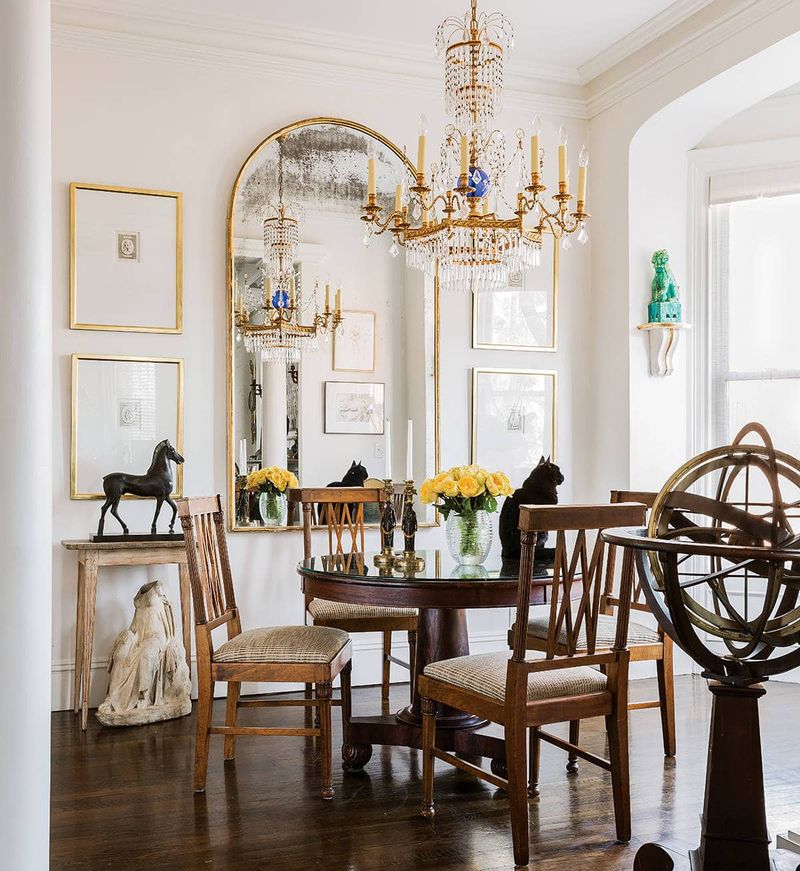
In a world of mass production, unique pieces with history bring soul to our spaces. Mixing contemporary elements with vintage finds creates rooms that tell personal stories.
Beyond aesthetics, this approach supports sustainability by giving existing pieces new life. The hunt for the perfect vintage treasure has become part of the joy of decorating—an experience no big-box store can replicate.
10. Textural Layers
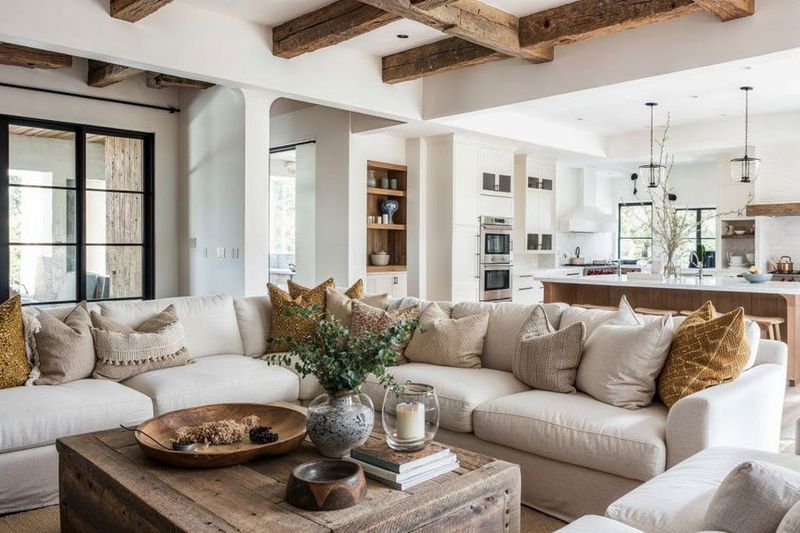
Flat, one-dimensional spaces are making way for rooms rich with tactile variety. Bouclé fabrics, ribbed wood, plaster finishes, and woven elements create depth that begs to be touched.
This sensory approach makes rooms feel more intimate and lived-in. Even minimalist spaces benefit from thoughtful textural contrasts that add interest without clutter—proving that simple doesn’t have to mean sterile.
11. Fast Furniture
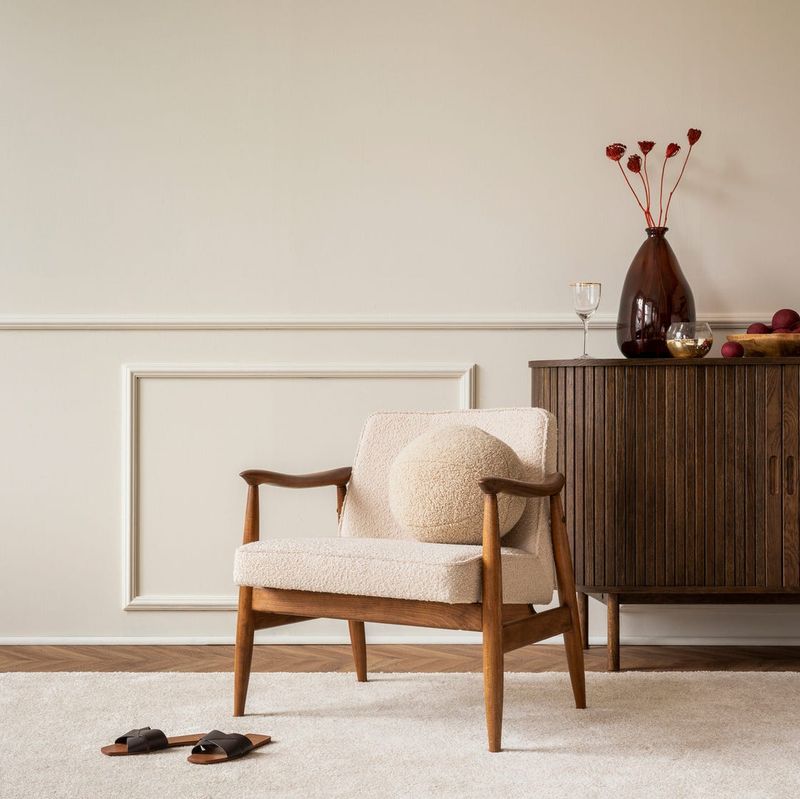
Quality is making a comeback! The era of disposable furniture that falls apart after a few years is ending.
Consumers are increasingly rejecting cheaply made pieces designed for quick turnover. Instead, they’re investing in quality items built to last generations. This shift reflects growing environmental consciousness and the realization that better pieces ultimately cost less over time.
12. All-White Everything
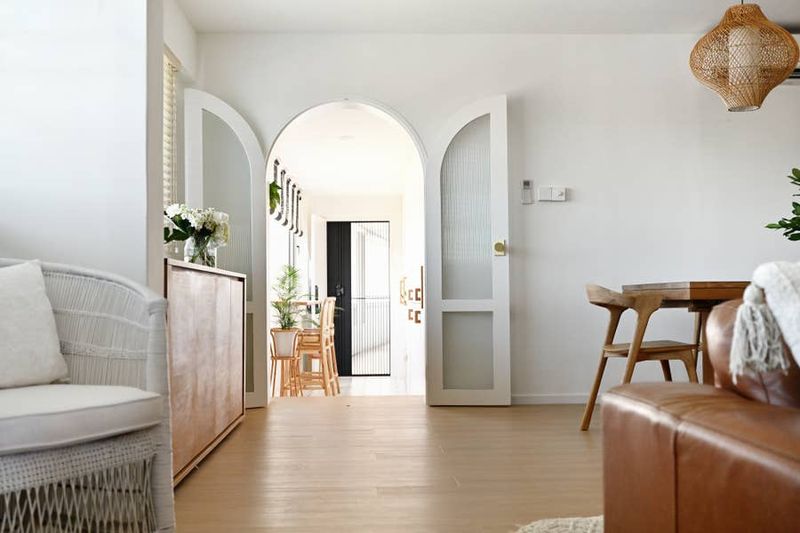
While bright, airy spaces remain desirable, the clinical all-white interior is losing its appeal. Those pristine white-on-white rooms look stunning in magazines but prove impractical for real life.
Homeowners are introducing warmth through color and texture while maintaining light-filled spaces. The new approach embraces the beauty of subtle variation rather than sterile perfection.
13. Open Concept Everything
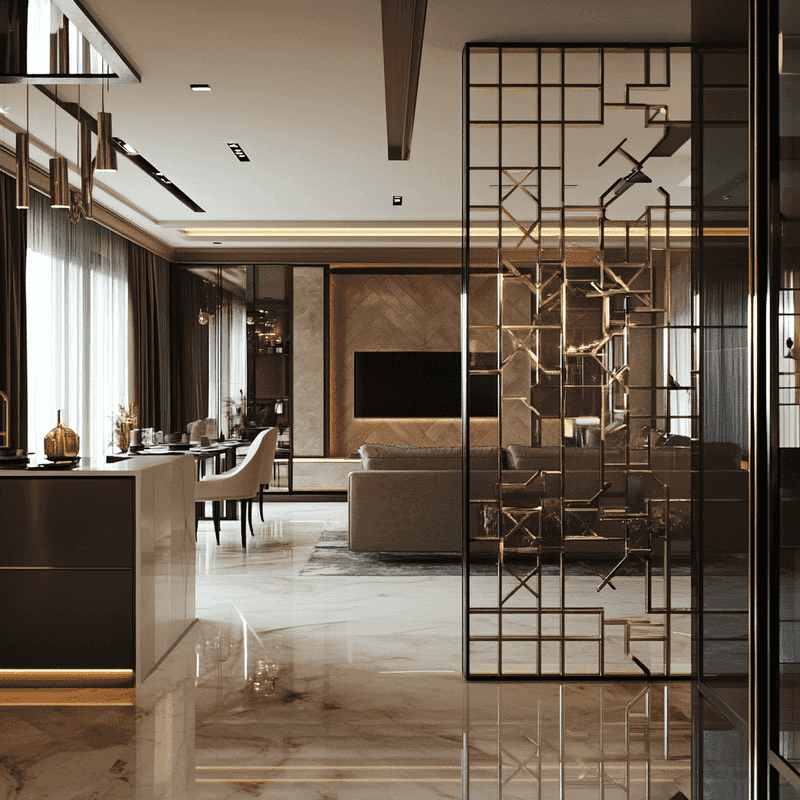
After years of knocking down walls, we’re rediscovering the value of defined spaces. The pandemic revealed the limitations of completely open layouts when everyone needed separate zones for work, school, and relaxation.
The new approach balances openness with thoughtful division—using architectural elements, furniture arrangement, and even glass partitions to create distinct areas without sacrificing flow.
14. Word Art and Generic Typography
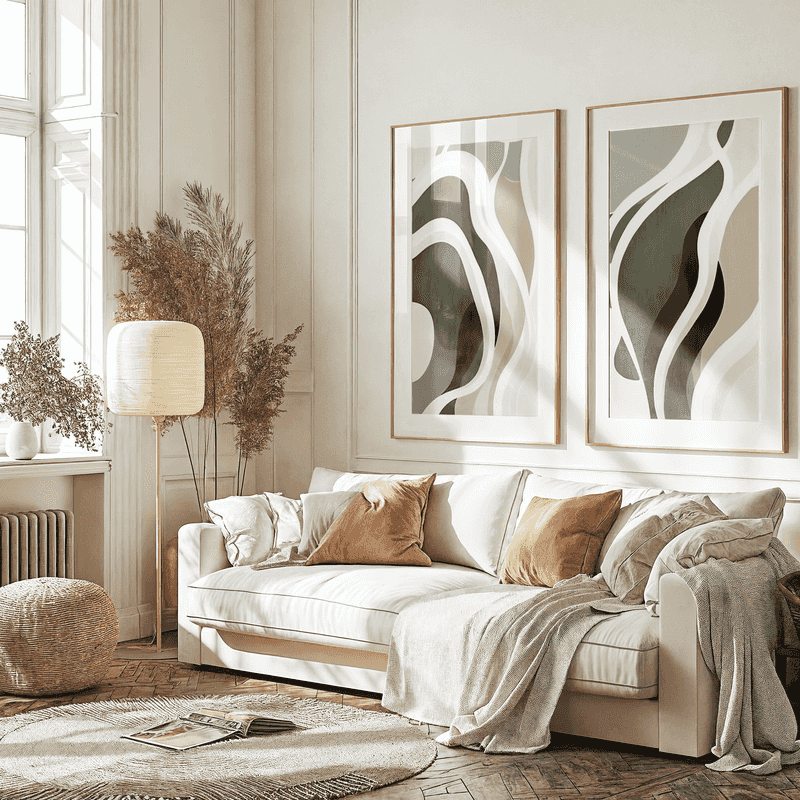
Those “Live, Laugh, Love” signs and inspirational phrases are finally making their exit. Generic typography that once dominated home decor has become the design equivalent of a cliché.
Mass-produced word art is being swapped out for meaningful personal items, original artwork, and vintage finds that reflect genuine taste and lived experience. The shift celebrates authenticity over canned sentiment.
15. Matching Furniture Sets
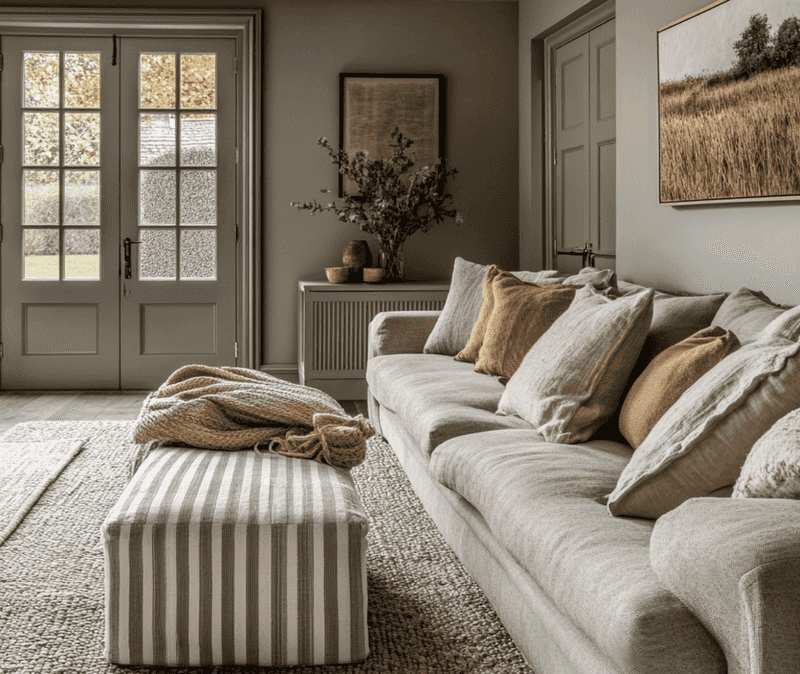
Identical sofas, loveseats, and chairs purchased as a package deal are feeling increasingly outdated. These cookie-cutter groupings lack the personality and thoughtfulness of curated spaces.
Today’s approach favors intentional mixing—pairing pieces that complement rather than match exactly. This creates rooms that appear to have evolved naturally over time, reflecting the homeowner’s unique style journey.

